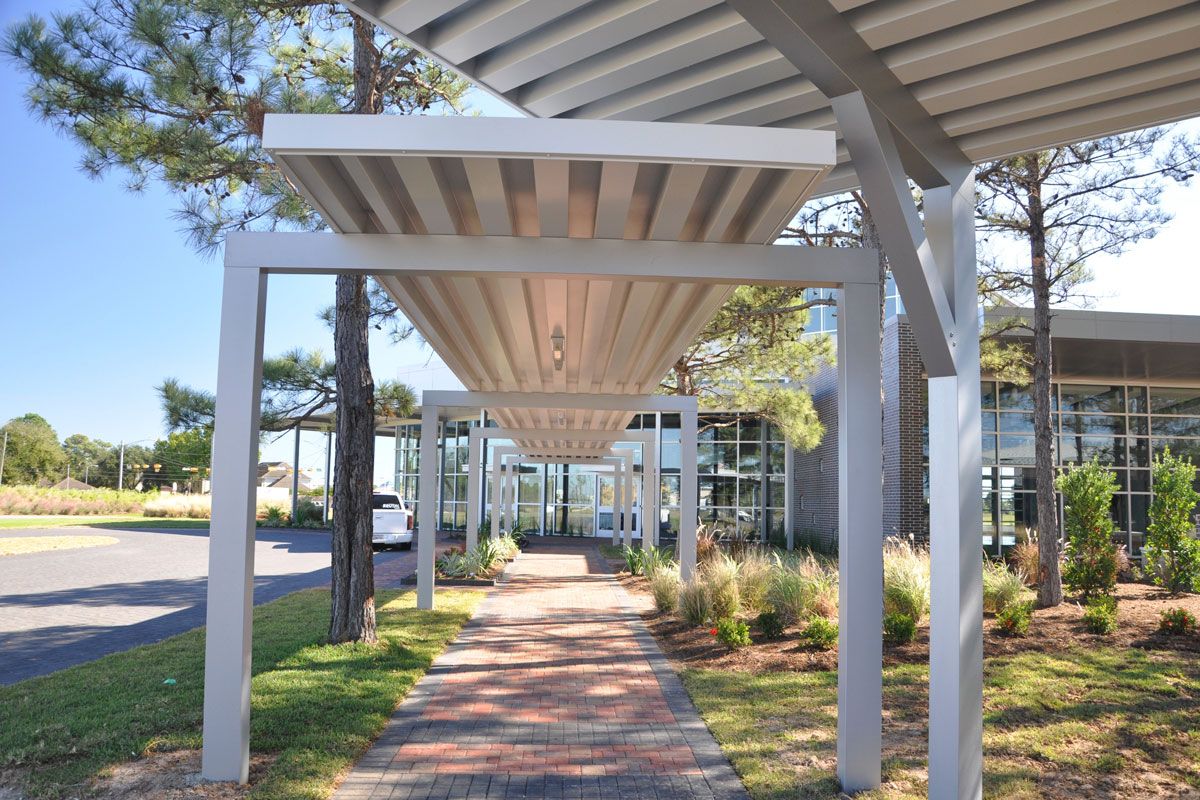

Articles
What Do You Call A Covered Walkway
Modified: May 6, 2024
Looking for informative articles on covered walkways? Discover what they're called and gain valuable insights at our website.
(Many of the links in this article redirect to a specific reviewed product. Your purchase of these products through affiliate links helps to generate commission for Storables.com, at no extra cost. Learn more)
Introduction
A covered walkway, also known as an arcade or cloister, is a structure that provides a sheltered pathway for pedestrians. It is typically characterized by a roof supported by columns or arches, offering protection from the elements while allowing people to traverse from one place to another comfortably. Covered walkways have a rich history and are found in various architectural styles and designs around the world. They not only serve a functional purpose but also add aesthetic value to urban landscapes.
Walking has always been a fundamental means of transportation, and throughout history, people have sought protection from inclement weather while moving from one location to another. Covered walkways emerged as a solution to this need, offering a sheltered passage for individuals seeking refuge from rain, sun, or snow. They have played a crucial role in facilitating pedestrian movement in various settings, including marketplaces, religious institutions, and urban cityscapes.
Covered walkways can be found in different architectural forms, ranging from simple and utilitarian structures to intricate and ornate designs. They can be constructed using various materials such as stone, wood, metal, or glass, depending on the desired aesthetic and functionality. These walkways often feature decorative elements such as carvings, paintings, or mosaics, adding a touch of artistry and cultural significance to the surroundings.
One of the most famous examples of covered walkways is the cloisters found in medieval monasteries and cathedrals. These architectural marvels not only provided a covered passage for monks and clerics but also served as tranquil spaces for contemplation and prayer. The Gothic cloisters of Europe, with their ribbed vaults and delicate tracery, are renowned for their architectural beauty and spiritual ambiance.
In modern times, covered walkways are prevalent in various settings, including shopping centers, airports, educational institutions, and public parks. They are designed to enhance the pedestrian experience by offering a protected and comfortable pathway. These contemporary walkways often feature advanced engineering and design techniques to ensure durability, energy efficiency, and accessibility for all individuals.
As the world continues to evolve and urbanize, the importance of covered walkways becomes even more pronounced. They provide a seamless connection between different areas, allowing people to navigate cities and towns while enjoying protection from the elements. Additionally, covered walkways promote sustainable transportation by encouraging walking as a mode of travel, reducing dependence on cars and contributing to a greener environment.
In this article, we will explore the various types of covered walkways, their architectural and functional features, and their historical significance. We will also delve into examples of famous covered walkways around the world, discuss the benefits and uses of these structures, and examine their challenges and limitations. Finally, we will look towards the future and discuss the emerging trends and innovations in covered walkway design.
Key Takeaways:
- Covered walkways provide sheltered pathways for pedestrians, enhancing urban connectivity and promoting sustainable transportation. They serve as iconic landmarks, blending functionality with architectural beauty and cultural significance.
- Future covered walkways will integrate green infrastructure, smart technology, and inclusive design, prioritizing sustainability and user experience. These innovative structures will continue to enrich urban environments and promote pedestrian mobility.
Read more: What Is The Walkway To A Plane Called
Definition of a Covered Walkway
A covered walkway, also known as an arcade or cloister, is a structure specifically designed to provide a sheltered pathway for pedestrians. It is typically characterized by a roof supported by columns or arches, offering protection from the elements while allowing safe and convenient movement between different areas.
The primary purpose of a covered walkway is to create a comfortable and accessible space for people to walk, reducing exposure to rain, snow, sun, or extreme weather conditions. By providing overhead coverage, these walkways offer a degree of protection from precipitation, direct sunlight, and other environmental factors, making it more convenient and pleasant for pedestrians to navigate from one point to another.
Covered walkways come in various shapes and sizes, ranging from narrow passages connecting buildings to expansive atriums within larger structures. They can be enclosed on all sides, creating a fully sheltered pathway, or partially open, allowing for better ventilation and natural lighting. The design and configuration of a covered walkway depend on factors such as the location, purpose, and architectural style of the surrounding structures.
These walkways can be constructed using different materials, including stone, brick, wood, metal, or glass. The choice of materials depends on a variety of factors such as durability, aesthetics, and maintenance requirements. For example, glass-covered walkways often provide a more modern and transparent appearance, while stone and brick designs may reflect a more traditional and historic architectural style.
In addition to providing shelter, covered walkways also serve as transitional spaces, connecting different buildings, areas, or levels. They are commonly seen in urban environments, connecting transportation hubs, commercial complexes, educational institutions, and public spaces. Covered walkways not only facilitate pedestrian movement but also contribute to the overall connectivity and accessibility of a city or complex.
It is essential to note that covered walkways differ from simple sidewalks or pathways. While both serve the purpose of facilitating pedestrian movement, covered walkways offer an added layer of protection and comfort. They provide a dedicated space for pedestrians, separate from vehicular traffic, ensuring a safer and more enjoyable walking experience.
The importance of covered walkways extends beyond their practical use. They also enhance the aesthetic appeal of the surrounding environment and contribute to the overall architectural and urban design. Whether they are intricately designed cloisters in historic buildings or sleek, modern arcades in contemporary structures, covered walkways often become iconic landmarks, adding to the visual identity and charm of a place.
In summary, a covered walkway is a specially designed structure that provides a sheltered pathway for pedestrians. It offers protection from the elements, enhances pedestrian safety, and improves the overall connectivity and accessibility of an area. Whether as a historical architectural marvel or a modern urban feature, covered walkways play a vital role in creating comfortable and convenient spaces for people to traverse.
Historical Significance of Covered Walkways
Covered walkways have a rich history that dates back centuries and holds significant cultural, architectural, and functional importance. From ancient civilizations to medieval times and into the modern era, covered walkways have served as vital conduits for pedestrian movement and have become iconic features in many cities around the world.
Ancient civilizations recognized the need for covered walkways to facilitate transportation and protect pedestrians from the elements. In ancient Rome, for example, covered walkways known as “porticoes” were constructed alongside streets and public buildings. These porticoes not only provided shade and shelter but also served as social gathering spaces and marketplaces, contributing to the vibrant urban life of ancient Rome.
The concept of covered walkways continued to evolve during the Middle Ages, particularly in monastic and religious architectural designs. Cloisters, which were enclosed walkways surrounding a courtyard, became an important feature in monasteries and cathedrals. These cloisters, often adorned with intricate architectural details and religious symbolism, served as spiritual and contemplative spaces for monks and provided sheltered access to different parts of the religious complex.
In addition to religious structures, covered walkways were also prevalent in marketplaces and trading centers. These covered arcades, known as “arcades” or “bazaars,” were common in medieval cities across Europe and the Middle East. They provided shelter for merchants and customers, allowing them to conduct business regardless of the weather conditions. These arcades not only contributed to the economic vitality of the city but also served as social gathering spaces.
During the Renaissance period, covered walkways saw a resurgence with the rise of elegant colonnades. These architectural elements were incorporated into grand buildings, such as palaces, government buildings, and public squares. Examples of this can be seen in the Loggia dei Lanzi in Florence, Italy, and the Royal Arcade in Melbourne, Australia. These covered walkways became symbols of power, prosperity, and cultural refinement.
With the onset of industrialization and the growth of urban centers in the 19th and 20th centuries, covered walkways took on a new role in accommodating the needs of the rapidly expanding populations. Covered walkways became integral parts of train stations, providing sheltered access to platforms and connecting various parts of the station complex. The Gare d’Orsay in Paris and Grand Central Terminal in New York City are prime examples of the grandeur and functionality of covered walkways during this era.
In the present day, covered walkways continue to play a vital role in urban life. With the emphasis on walkability and creating pedestrian-friendly environments, covered walkways are common features in shopping centers, airports, educational campuses, and large-scale developments. They offer protection from the weather and provide convenient connections between buildings, enhancing the overall accessibility and comfort for pedestrians.
Overall, the historical significance of covered walkways lies in their ability to adapt to the needs of different societies and eras. From ancient civilizations to modern urban developments, covered walkways have served as architectural marvels, community gathering spaces, and functional pathways, leaving an indelible mark on our built environment.
Types of Covered Walkways
Covered walkways come in various forms, each with its own architectural style and functional features. These different types of covered walkways cater to specific needs and contexts, whether it’s connecting buildings, providing access to transportation hubs, or enhancing the pedestrian experience in urban environments. Let’s explore some common types of covered walkways:
- Arcades: Arcades are a type of covered walkway characterized by a series of arches or columns supporting a roof. They can be found in both historic and modern contexts and often serve as connectors between buildings or as pathways within larger complexes. Arcades can range from simple and utilitarian structures to elaborate and decorative designs, depending on the architectural style.
- Cloisters: Cloisters originated in medieval monastic architecture and are enclosed walkways surrounding a courtyard or garden. They typically feature a colonnade with arched openings, creating a serene and contemplative space. Cloisters can be found in religious institutions, such as monasteries and cathedrals, and often display intricate stone carvings and religious symbolism.
- Gallerias: Gallerias are covered walkways commonly found in shopping centers or commercial districts. They provide a sheltered environment for shoppers, allowing them to move between shops and navigate the space comfortably. Gallerias often feature large glazed facades, creating a light-filled and visually appealing atmosphere.
- Skybridges: Skybridges are covered walkways that span across roads, rivers, or other physical barriers, connecting buildings or areas that are separated. These walkways not only provide a convenient pedestrian connection but also offer panoramic views of the surroundings. Skybridges are often seen in urban centers, airports, and large-scale developments.
- Atriums: Atriums are covered walkways that are integrated into the interior of larger buildings or complexes. They typically feature a central space with a glazed roof, allowing natural light to filter in. Atriums create a sense of openness and provide a visually appealing focal point as well as a functional pathway for pedestrians to move between different areas within the building.
- Passageways: Passageways are covered walkways that connect different parts of a building or complex. They are often seen in educational institutions, hospitals, or office buildings, providing a protected route for people to navigate the interior spaces comfortably. Passageways can range from narrow corridors to wider, more open paths depending on the building’s function and user needs.
- Verandas: Verandas are covered walkways that are attached to the exterior of buildings, usually at ground level. They serve as transitional spaces between indoor and outdoor environments, providing shade and protection from the elements. Verandas can be found in residential, hospitality, and commercial settings, offering a place for relaxation and social interaction.
These are just a few examples of the various types of covered walkways that exist. Each type has its own unique characteristics and contributes to the architectural and functional diversity of our built environment. Whether it’s a grand arcade in a historic city center or a sleek skybridge in a modern urban development, covered walkways enrich the pedestrian experience and enhance the overall connectivity of our cities.
Architectural and Functional Features of Covered Walkways
Covered walkways, with their unique architectural and functional characteristics, serve as integral elements in the urban landscape. These structures not only provide shelter and protection but also contribute to the aesthetics, connectivity, and overall pedestrian experience. Let’s explore the architectural and functional features that make covered walkways so important:
- Roofing and Structure: Covered walkways are defined by their roofs, which provide protection from the elements. The roofing materials and design can vary depending on the architectural style and environmental conditions. Common roofing materials include glass, metal, polycarbonate, or fabric. The structure supporting the roof can be made of columns, arches, or beams, providing stability and architectural integrity.
- Enclosure and Openness: Covered walkways can be fully enclosed or partially open to the surrounding environment. The level of enclosure depends on the purpose and context of the walkway. Fully enclosed walkways offer complete protection from weather conditions and can provide a controlled environment. Partially open walkways, on the other hand, allow for better natural ventilation, lighting, and a connection with the outdoors.
- Architectural Style and Decoration: Covered walkways come in a variety of architectural styles, ranging from historic to contemporary designs. They can mirror the architectural motifs and principles of the surrounding structures or exhibit unique and distinctive features. Decoration, such as carvings, moldings, or paintings, can be incorporated into the columns, arches, or surfaces of the walkway to enhance its aesthetic appeal and cultural significance.
- Connectivity and Wayfinding: Covered walkways serve as connectors, facilitating pedestrian movement between different areas or buildings. They can be designed with clear wayfinding elements, such as signage or visual cues, to guide pedestrians along the path and improve navigation. In complex structures or developments, covered walkways act as arteries, ensuring seamless connectivity and accessibility for pedestrians.
- Lighting: Proper lighting is crucial in covered walkways to ensure safety and enhance the overall experience. Natural lighting can be maximized through the use of glazed roofs or skylights, allowing daylight to filter through. Artificial lighting fixtures, strategically placed along the walkway, ensure visibility during nighttime hours, creating a secure and inviting atmosphere.
- Accessibility: Covered walkways should be designed with accessibility in mind, ensuring that individuals with disabilities or mobility challenges can navigate them easily. Ramps or elevators can be incorporated to provide barrier-free access, and appropriate signage and tactile indicators can assist individuals with visual impairments.
- Seating and Rest Areas: Some covered walkways may include seating or rest areas, offering pedestrians a space to pause, relax, or engage in social interaction. These areas can be designed with benches, bollards, or landscaping elements, creating a more inviting and comfortable environment for users.
- Integration with the Surrounding Environment: Covered walkways should be designed to harmonize with the surrounding architectural and natural elements. They can incorporate landscaping features, such as trees or green walls, to create a visually pleasing and sustainable environment. The materials used in the construction of the walkway can be chosen to complement the surrounding structures and blend seamlessly with the overall aesthetic.
By considering these architectural and functional features, covered walkways can enhance the pedestrian experience, ensure efficient connectivity, and contribute to the overall urban fabric. They provide a safe and comfortable passage for pedestrians, while also adding character, beauty, and practicality to our built environment.
A covered walkway is commonly referred to as a “breezeway.” This term is often used to describe a sheltered passage connecting two buildings or leading to an outdoor area.
Read more: What Do You Call A Construction Worker?
Examples of Famous Covered Walkways Around the World
Covered walkways are architectural features that can be found in various cities around the world. These structures not only provide shelter and convenience but also showcase the rich history, cultural significance, and architectural prowess of different regions. Let’s explore some famous covered walkways that have become iconic landmarks:
- The Covered Passages of Paris, France: Paris is known for its enchanting covered passages, or “passages couverts,” which were built in the 19th century. These arcades, with their glass roofs and elegant storefronts, provide a charming and nostalgic atmosphere. Examples include Passage des Panoramas, Galerie Vivienne, and Passage Jouffroy, which house boutique shops, cafes, and historic artifacts.
- The Galleria Vittorio Emanuele II, Milan, Italy: This iconic covered arcade in Milan is a prime example of 19th-century architectural grandeur. With its glass and iron dome, intricate mosaics, and luxury shops, the Galleria Vittorio Emanuele II is often referred to as the “living room” of Milan. It connects two of the city’s main landmarks, the Duomo and La Scala opera house.
- The Royal Arcade, Melbourne, Australia: Situated in the heart of Melbourne, the Royal Arcade is the oldest surviving arcade in the country. Built in the mid-19th century, this heritage-listed arcade features a magnificent arched glass ceiling, elaborate Victorian-era decor, and boutique shops. It has become a beloved institution and a symbol of Melbourne’s historic charm.
- The Link, Hong Kong: The Link is a network of covered walkways that spans across various districts in Hong Kong Island. Connecting skyscrapers, transportation hubs, and shopping centers, this extensive pedestrian system provides shelter from the bustling city streets and offers a seamless and convenient route for both locals and visitors.
- The Skywalks of New York City, USA: New York City is famous for its skywalk systems, particularly in the Midtown Manhattan area. One well-known example is the High Line, a repurposed elevated railway that has been transformed into a linear park and walkway. The High Line offers stunning views of the cityscape, art installations, and vibrant greenery, making it a popular tourist attraction.
- The Porticoes of Bologna, Italy: Bologna, Italy, is renowned for its extensive network of covered walkways known as “porticoes.” Spanning over 38 kilometers, these porticoes provide sheltered pathways along the city’s streets, connecting historical buildings, residences, and landmarks. The Portico di San Luca, a 3.8-kilometer-long covered walkway leading to the Basilica di San Luca, is a notable example.
- The Skybridge at Petronas Towers, Kuala Lumpur, Malaysia: The Petronas Towers in Kuala Lumpur are famous for their stunning skybridge, connecting the two towers on the 41st and 42nd floors. The double-decker skybridge allows visitors to enjoy panoramic views of the city while providing a safe passage between the towers.
- The Covered Market, Oxford, England: The Covered Market in Oxford is a historic landmark that has been operating since the late 18th century. It is a bustling market with a range of traders, selling fresh produce, local crafts, and specialty goods. The market is housed within a covered building, providing a vibrant and sheltered environment for both locals and tourists.
These examples represent just a fraction of the numerous famous covered walkways around the world. Each has its own unique architectural style, cultural significance, and role in enhancing the pedestrian experience. These covered walkways not only serve as functional connectors but also contribute to the vibrant and captivating fabric of their respective cities.
Benefits and Uses of Covered Walkways
Covered walkways offer a range of benefits and serve various practical purposes in urban environments. These structures not only provide shelter and protection from the elements but also contribute to the connectivity, safety, and overall pedestrian experience. Let’s explore some of the key benefits and uses of covered walkways:
- Weather Protection: One of the primary benefits of covered walkways is their ability to shield pedestrians from inclement weather conditions. Whether it’s rain, snow, intense sun, or extreme temperatures, covered walkways offer a comfortable and protected pathway. This protection promotes pedestrian mobility throughout the year, allowing people to move from one place to another without being hindered by adverse weather.
- Enhanced Pedestrian Safety: Covered walkways provide a dedicated space for pedestrians, separate from vehicular traffic. This helps to improve pedestrian safety as it reduces the risk of accidents or collisions. By creating a designated pathway, covered walkways encourage drivers to be more aware of pedestrians and ensure that pedestrians can traverse areas safely and with confidence.
- Connectivity and Accessibility: Covered walkways play a crucial role in connecting different areas and buildings within cities and campuses. They provide convenient and accessible connections between transportation hubs, shopping centers, educational institutions, and other public spaces. Covered walkways ensure seamless movements for pedestrians, allowing them to navigate densely populated areas with ease.
- Improved Walkability: With the increasing emphasis on sustainable transportation and creating walkable cities, covered walkways contribute to this goal by encouraging walking as a mode of travel. By providing protected and comfortable pathways, covered walkways make walking a more appealing and viable option for short-distance commuting, reducing reliance on private vehicles and promoting a healthier way of getting around.
- Creation of Social Spaces: Covered walkways can serve as social gathering spaces, providing a place for people to meet, interact, and engage with their surroundings. Seating areas, public art installations, and amenities like cafes or kiosks can be integrated into covered walkways, allowing pedestrians to take a break, relax, and enjoy their surroundings.
- Promotion of Economic Activity: Covered walkways, particularly those found in shopping centers or marketplaces, contribute to the local economy by providing a conducive environment for business activities. They attract visitors, enhance the shopping experience, and encourage foot traffic, potentially leading to increased sales and economic growth for local businesses.
- Opportunities for Architectural Expression: Covered walkways serve as platforms for architectural expression and can become iconic landmarks within cities. Their design, materials, and aesthetic features can contribute to the visual identity of the surrounding area, adding beauty and character to the urban fabric.
- Promotion of Sustainable Design: Covered walkways can incorporate sustainable design elements, such as energy-efficient lighting systems, rainwater collection, or the use of eco-friendly materials. These features contribute to reducing energy consumption and environmental impact, aligning with sustainability goals and creating greener urban environments.
In summary, covered walkways provide a multitude of benefits in urban settings. From weather protection and enhanced pedestrian safety to improved connectivity and the opportunity for social interaction, they contribute to creating more walkable, accessible, and sustainable cities. By integrating covered walkways into our urban landscapes, we can prioritize the needs and comfort of pedestrians while adding architectural beauty and functionality to our built environment.
Challenges and Limitations of Covered Walkways
While covered walkways offer numerous benefits and serve important purposes in urban environments, they also come with certain challenges and limitations. It is important to consider these factors in the planning, design, and implementation of covered walkways. Let’s explore some of the key challenges and limitations associated with these structures:
- Cost: Constructing covered walkways can be a significant investment, particularly when considering materials, structural elements, and maintenance requirements. The cost of designing and building covered walkways may pose a challenge, especially for smaller towns or areas with limited financial resources.
- Maintenance: Covered walkways require regular maintenance to ensure their durability, safety, and aesthetic appeal. Cleaning debris, checking for damages, and addressing wear and tear can be time-consuming and costly. Adequate maintenance programs must be developed and implemented to keep covered walkways in good condition over time.
- Integration with Existing Architecture: Incorporating covered walkways into existing urban fabric and historical structures can be challenging. Ensuring that new walkways harmonize with the surrounding architectural styles and maintain visual coherence can be a complex task. Balancing the need for functionality while preserving cultural heritage requires careful planning and design considerations.
- Space Constraints: In dense urban areas, space constraints may limit the implementation of covered walkways. Finding suitable locations and ensuring proper alignments within the existing built environment can be challenging. Overcoming space limitations may require innovative design solutions and close collaboration between urban planners, architects, and local authorities.
- Accessibility: While covered walkways aim to improve accessibility, certain design features or architectural constraints may pose challenges for individuals with disabilities or mobility issues. It is essential to ensure that covered walkways are designed to be universally accessible, incorporating features such as ramps, elevators, and tactile indicators to accommodate the needs of all pedestrians.
- Security and Safety: Covered walkways can present unique security challenges, particularly in areas with high foot traffic. Proper lighting, surveillance systems, and security measures must be put in place to ensure the safety and well-being of pedestrians using the walkways. Regular monitoring and maintenance of these security features are essential.
- Environmental Impact: Covered walkways, especially those constructed with non-sustainable materials or by disrupting the natural environment, can have negative environmental impacts. Careful consideration must be given to the materials used, energy efficiency measures, and the overall carbon footprint of constructing and maintaining covered walkways.
- Flexibility and Adaptability: As urban environments evolve, the need for flexibility and adaptability of covered walkways becomes important. Structures that can be easily modified or expanded to accommodate changing pedestrian patterns, new developments, or infrastructure upgrades will ensure their long-term usefulness and relevance.
By acknowledging these challenges and limitations, urban planners and designers can develop strategies and solutions to mitigate them. Careful assessment of the specific context, budgetary considerations, and ongoing maintenance plans will help ensure that covered walkways are effective, safe, and sustainable additions to our urban landscapes.
Future Trends and Innovations in Covered Walkway Design
As cities continue to evolve and prioritize sustainable urban development, covered walkways are poised to undergo innovative transformations to meet the changing needs of pedestrians. Future trends and innovations in covered walkway design are focused on improving functionality, incorporating sustainable practices, and enhancing the overall pedestrian experience. Let’s explore some of these exciting developments:
- Green Infrastructure: The integration of green infrastructure within covered walkways is an emerging trend. This involves incorporating living walls, vertical gardens, and vegetation along the walkways to improve air quality, reduce the urban heat island effect, and provide a visual connection to nature. These features not only enhance the aesthetic appeal but also contribute to a healthier and more sustainable built environment.
- Energy Efficiency: Future covered walkways will increasingly focus on energy-efficient design strategies. This includes the use of solar panels embedded in walkway roofs to generate renewable energy, energy-efficient LED lighting systems, and smart sensors that adjust lighting levels based on natural light availability and pedestrian movement. These innovations will help reduce energy consumption and promote sustainable practices.
- Smart Technology: Covered walkways of the future will integrate smart technology to improve user experience and safety. This can include features such as real-time information displays, interactive touch screens for wayfinding and local area information, and integrated Wi-Fi connectivity. The smart technology can also be used for monitoring foot traffic patterns, optimizing maintenance schedules, and ensuring efficient management of the walkways.
- Flexible and Modular Designs: With the need for adaptability and flexibility, future covered walkways will feature modular designs that can be easily expanded, reconfigured, or relocated. This will allow for adjustments based on changing pedestrian patterns, new developments, or the integration of smart infrastructure. Modular designs will make it easier to implement covered walkways in different urban contexts and optimize their functionality over time.
- Inclusive Design: Future covered walkways will prioritize inclusive design principles to ensure that they are accessible to individuals of all abilities. This includes incorporating features such as tactile paving, contrasting colors for those with visual impairments, and clear signage with universal symbols. Accessible ramps, elevators, and wider pathways will be incorporated to accommodate individuals with disabilities or mobility challenges.
- Integration of Art and Culture: Covered walkways will increasingly become spaces for artistic expression, reflecting local culture and heritage. Murals, sculptures, and interactive installations can be integrated into walkway design to enhance the aesthetic appeal and provide a unique sensory experience for pedestrians. These art installations will serve as landmarks and create a sense of place, further enriching the pedestrian journey.
- Multi-Modal Connectivity: Covered walkways of the future will be designed to seamlessly integrate with various modes of transportation. Connecting walkways to public transit systems, bike lanes, and parking facilities will further encourage sustainable transportation options and enhance multimodal connectivity. This integration will promote seamless and efficient movement between different modes of transportation.
- Environmental Sustainability: Sustainable materials, such as recycled elements and natural fibers, will play an important role in the construction of covered walkways in the future. Additionally, rainwater harvesting systems can be incorporated to irrigate green infrastructure and reduce reliance on municipal water sources. The use of low-carbon materials and construction techniques will help minimize the environmental impact of covered walkway projects.
These future trends and innovations in covered walkway design demonstrate a commitment to improving functionality, sustainability, and user experience. By incorporating green infrastructure, smart technology, inclusive design, and flexible modular systems, covered walkways will continue to enhance pedestrian mobility, promote sustainable transportation, and create engaging and visually appealing urban environments for people to enjoy.
Read more: What Do You Call A Room Divider
Conclusion
Covered walkways have played a significant role throughout history, providing sheltered passages for pedestrians and enhancing the connectivity and accessibility of urban environments. These architectural structures offer numerous benefits, serving as protective pathways that shield individuals from inclement weather and improve pedestrian safety. Additionally, covered walkways contribute to the overall aesthetic appeal of cities, becoming iconic landmarks and cultural spaces.
As cities continue to evolve, covered walkways are evolving as well. Future trends and innovations in covered walkway design focus on incorporating sustainable practices, integrating smart technology, and prioritizing inclusivity. The integration of green infrastructure, energy-efficient systems, and modular designs will ensure that covered walkways are environmentally sustainable, adaptable, and user-friendly. The inclusion of smart technology will enhance user experience and provide real-time information, while inclusive design principles will ensure accessibility for individuals of all abilities.
Moreover, future covered walkways will serve as more than just functional connectors; they will become hubs of artistic expression, incorporating public art and cultural elements that reflect the local heritage and community identity. These covered walkways will continue to play a crucial role in promoting walkability, sustainable transportation, and social interaction in urban environments.
While covered walkways face challenges such as cost considerations, maintenance requirements, and space limitations, they present opportunities for creative solutions and innovative design approaches. By addressing these challenges and leveraging new technologies, covered walkways will provide safe, comfortable, and engaging pedestrian experiences for generations to come.
In conclusion, covered walkways have a rich history and a promising future. As cities strive to create more pedestrian-friendly and sustainable environments, covered walkways will remain essential components of urban infrastructure. By embracing future trends and innovations, we can ensure that covered walkways continue to enhance the urban landscape, promote connectivity, and provide a welcoming and enjoyable experience for pedestrians around the world.
If you've enjoyed unraveling the secrets behind covered walkways, you'll certainly find joy in enhancing your outdoor spaces. Dive into our feature on creative and practical garden fence ideas. Whether you seek privacy, security, or simply want to spruce up your garden, these suggestions cater to diverse tastes and needs. Each design not only serves a functional purpose but also complements your outdoor aesthetics, making your space more inviting and secure. Ready to transform your garden into a serene retreat or a vibrant haven? Check out our latest recommendations!
Frequently Asked Questions about What Do You Call A Covered Walkway
Was this page helpful?
At Storables.com, we guarantee accurate and reliable information. Our content, validated by Expert Board Contributors, is crafted following stringent Editorial Policies. We're committed to providing you with well-researched, expert-backed insights for all your informational needs.
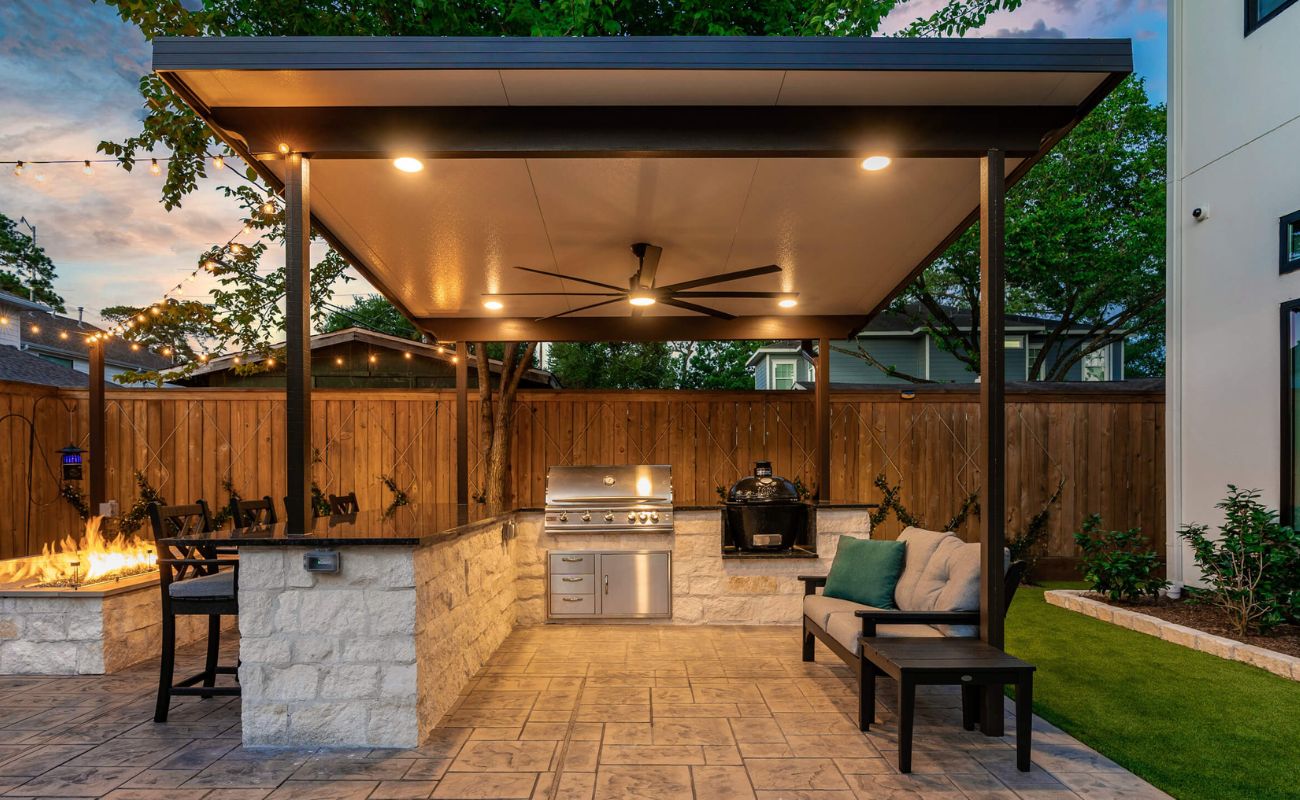
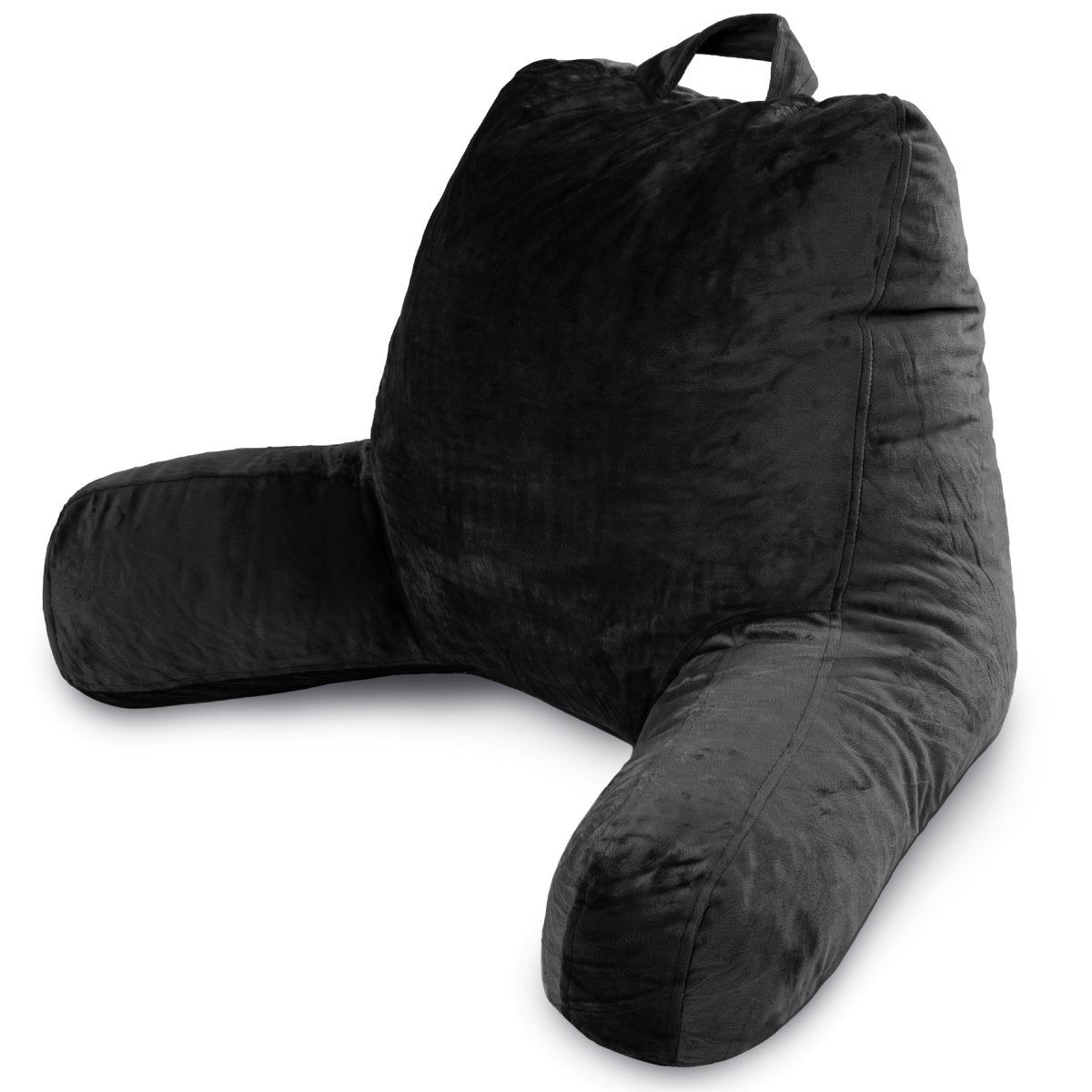
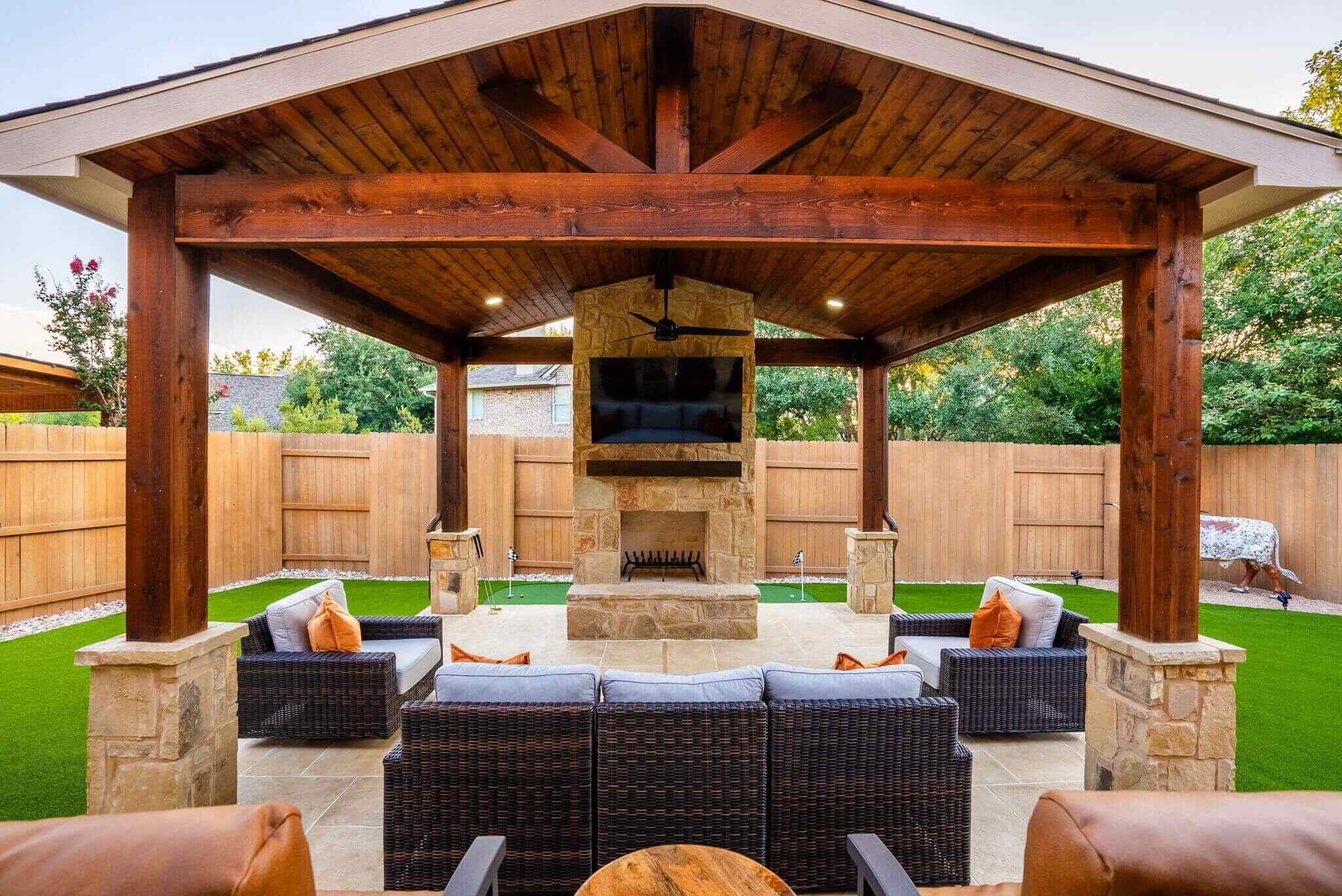
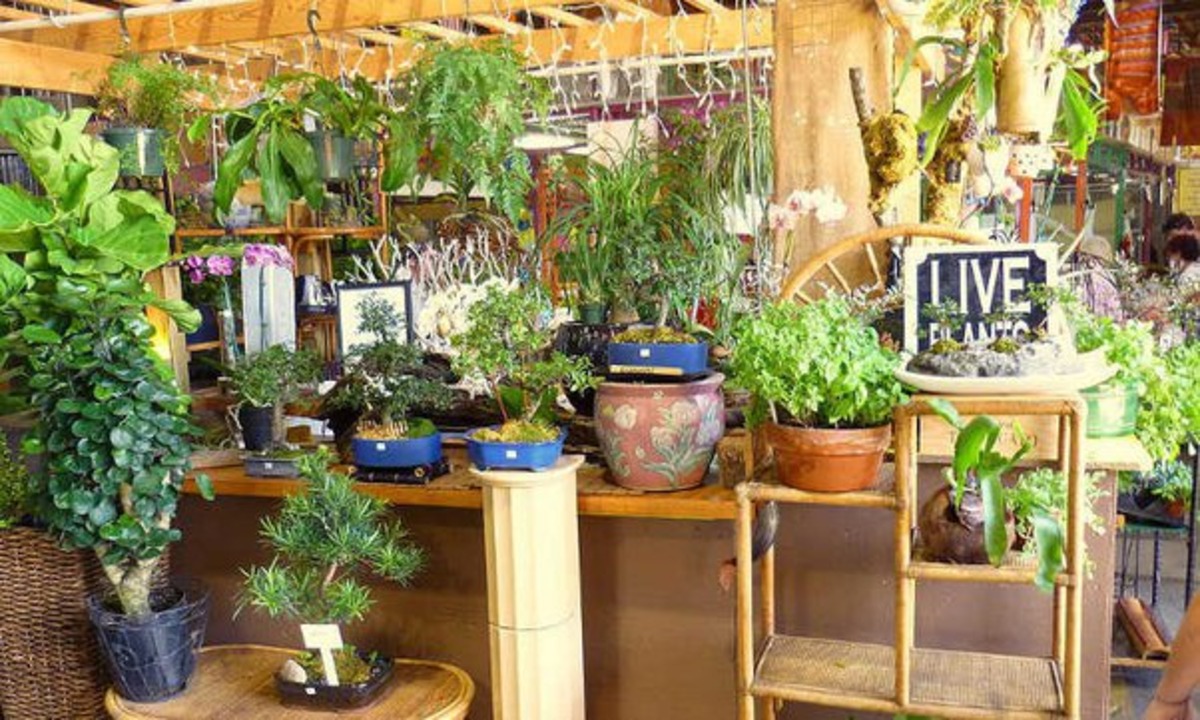
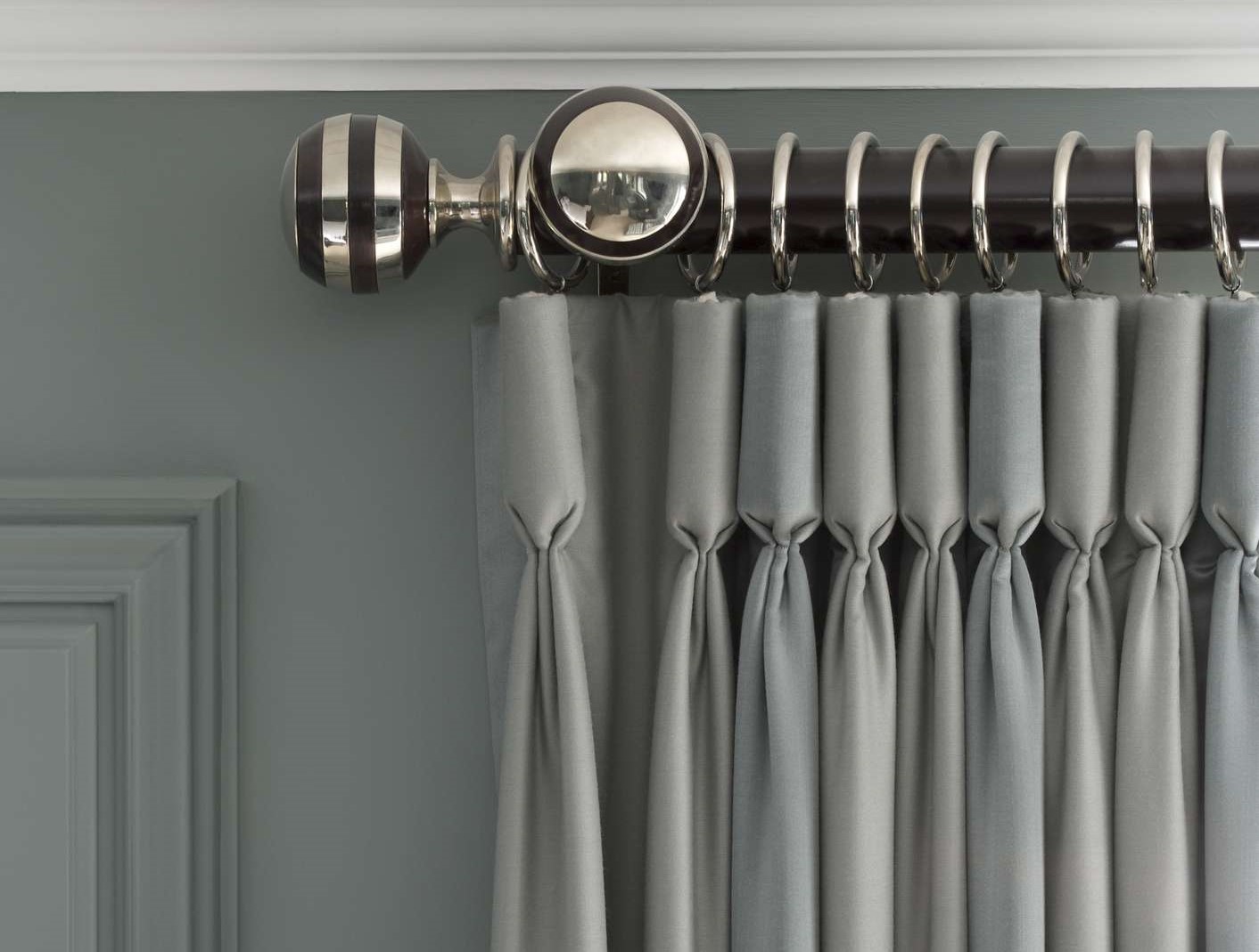




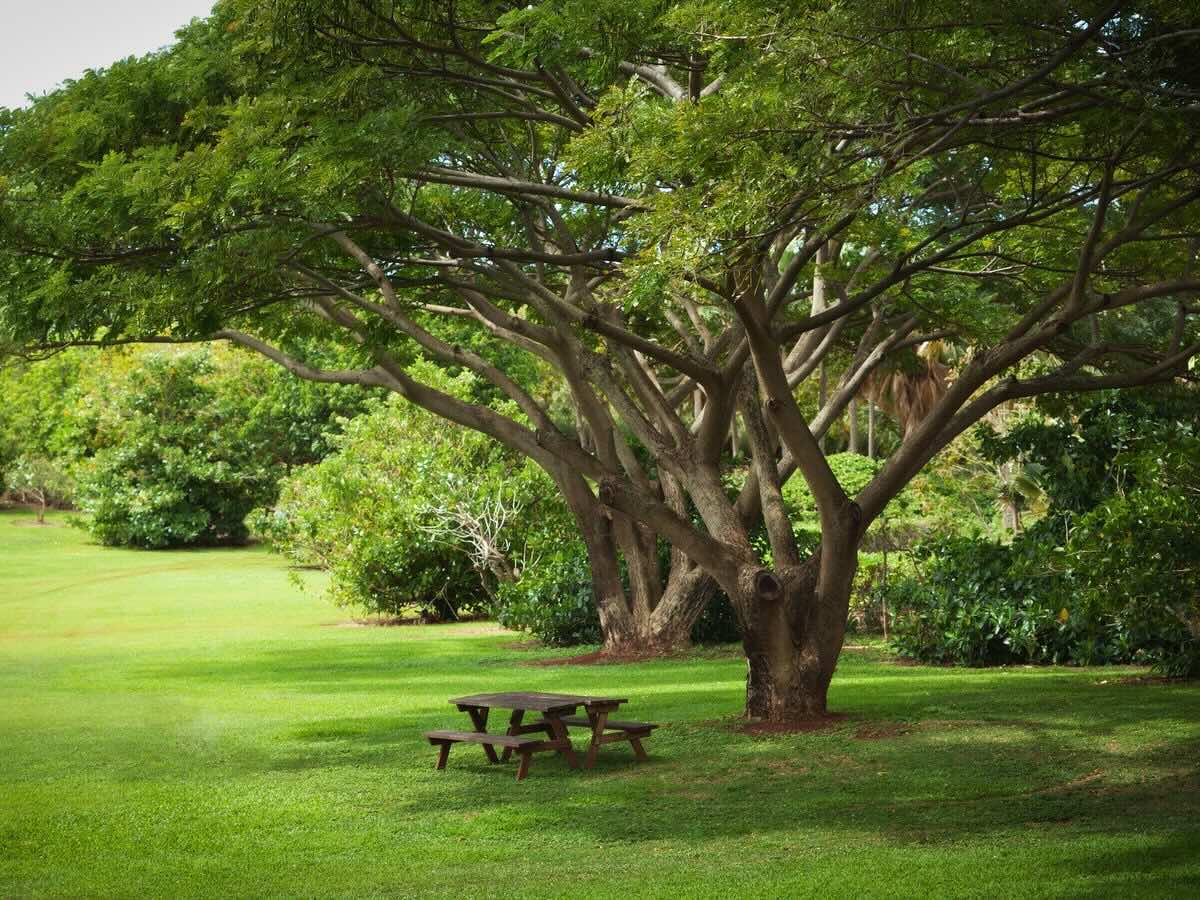


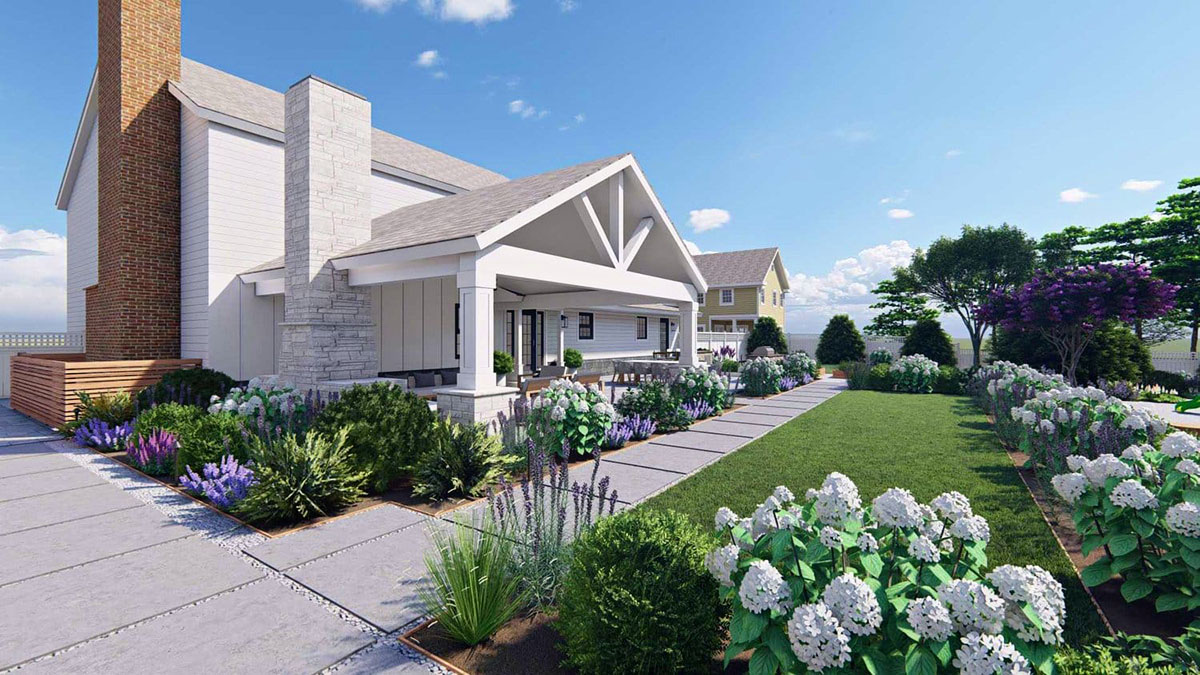

0 thoughts on “What Do You Call A Covered Walkway”